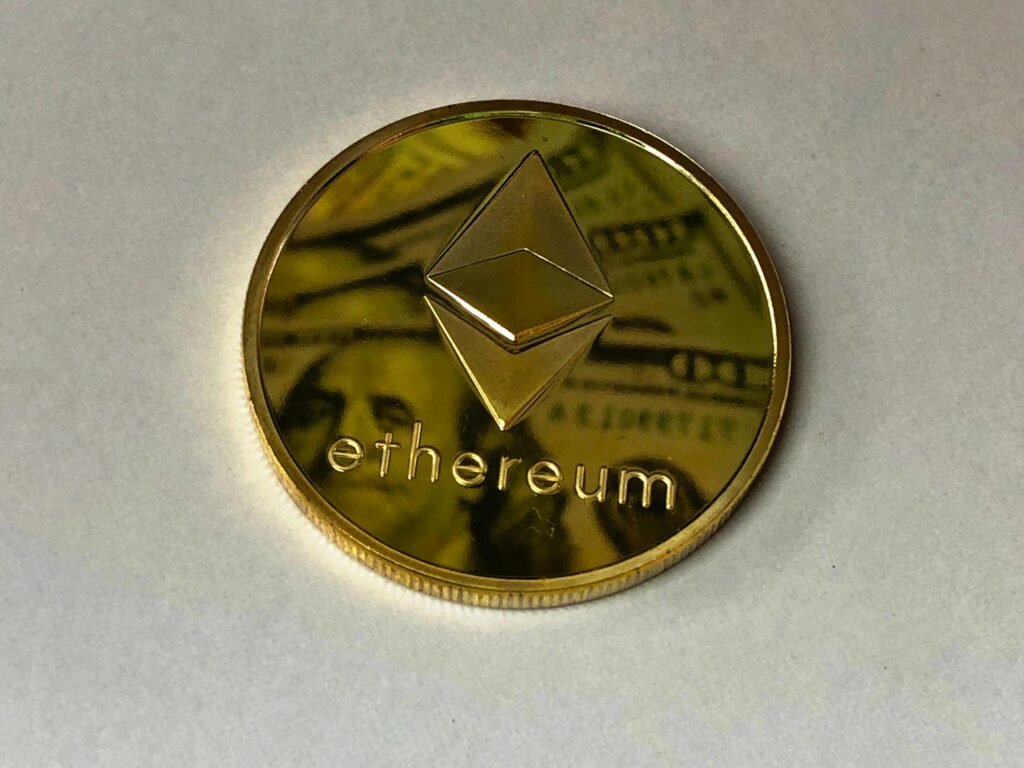The price of Ethereum has been a subject of significant attention in the cryptocurrency space due to its position as the second-largest cryptocurrency by market capitalization and its expansive use cases. Ethereum has driven the development of decentralized finance (DeFi), smart contracts, and the booming non-fungible token (NFT) market. With constant upgrades and innovations, Ethereum’s value continues to be influenced by both technological advancements and broader market trends.
Ethereum’s Technological Foundation and Market Influence
Smart contracts enable digital agreements where all terms are coded, allowing transactions to occur automatically once conditions are met. The introduction of these self-executing contracts opened up multiple avenues of use in finance, gaming, and art, making Ethereum one of the main tokens in the blockchain world. In addition to this, unlike Bitcoin, which relies on a peer-to-peer transaction-based model, Ethereum focuses on decentralized applications, or dApps, boosting its competitiveness.
As seen from history, Ethereum’s price fluctuations are highly influenced by its network’s upgrade capabilities, like scalability and flexibility. One prominent example would be the ongoing upgrade from version 1 to 2, better known as Ethereum 2.0, which attempts to solve some of the addressable issues concerning existing scalability challenges.
Ethereum 2.0: Effect on Prices
Ethereum 2.0 aims to improve the transaction efficiency and scalability of the crypto market. The upgrades come with a shift from PoW to PoS, which reduces the consumption of energy and increases Ethereum’s speed in handling transactions. Ethereum’s price performance relies on its scalability, as lower gas fees and faster speeds would attract more users and developers.
The upgrade is being implemented in phases, which are theorized to ease congestion on the network, thus increasing throughput and lowering fees. Ethereum has already shown an increase after the installation of other upgrades, which boosted expectations. Ethereum’s prior upgrades exhibited similarly optimistic behavior, or where transactions surged, anticipating improvements during forks like the Constantinople Hard Fork (ETH price rally pre-Constantinople due to speculation). Investors remain excited about what Ethereum 2.0 can do not just for the currency itself but also for its uses in blockchain technology, making them bullish about ETHER’s future price performance and driving rally waves.
The Role of DeFi in Ethereum’s Price Movements
Ethereum remains the favored hub for decentralized finance (DeFi), which enables lending, borrowing and trading of assets over blockchain networks. Since Ethereum is the primary platform used for most DeFi applications, its value will remain significantly impacted by the progress of this sector.
For instance, in 2021, the total value locked (TVL) in Ethereum-based DeFi projects went above 100 billion dollars, marking a clear adoption momentum of Ethereum in the financial space. As participants engage more with the Ethereum-based DeFi applications, demand for ETH surges along with its price. The capability of Ethereum being utilized as collateral in DeFi transactions and powering multiple decentralized protocols drives substantial demand for Ethereum tokens, supporting its price growth.
Market Sentiment and Ethereum’s Price Movements
Just like any other cryptocurrency, the price of Ethereum also gets affected by investor sentiment and a volatile market. A positive commotion brought about by institutional investment, network updates, or even new adopters tends to increase the prices. Take, for example, the increased institutional interest in ether-based assets; this fueled growth by increasing investors’ interest.
Less favorable market conditions, such as uncertainty with regulations or sell-offs, can also push Ethereum’s price lower. Just like any other cryptocurrency, Ethereum is affected by the cycles in the market. The crypto industry has gone through drastic changes recently and prices have quite often changed due to news, regulatory shifts and even sentiment in the markets.
Ethereum’s Competitive Position in the Blockchain Space
Other than having a significant amount of active smart contracts or dApps on their network, Ethereum now has competition from Solana, Binance Smart Chain, Aion and Polkadot. Even though these blockchains are newer, they offer lower transaction fees along with faster confirmation times, which leaves less room for Ethereum to work with.
Regardless of the increased competition that might arise from dApps on other blockchains, there is still trust in working solutions already built out for Ethereum’s infrastructure. Furthermore, its strong developer ecosystem and network place it above competitors until the second part of the upgrade comes out with features such as switching from Proof of Work (PoW) to Proof of Stake (PoS). Added with more scalable tools, these updates greatly increase the chances of interrupting dominance in the ecosystem despite growth in rivals.
The Future of Ethereum and Its Price Outlook
Although the Ethereum price is likely to be determined by a number of factors, success with Ethereum 2.0, the expansion of DeFi and public perception are prominent ones. With the implemented changes from Ethereum 2.0, it has the potential to grow much more than it currently does now. The expected updates are focused on solving problems concerning network congestion and very high transaction fees, which in turn will improve its price by lowering the cost for users.
Not only do these updates increase Ethereum’s scalability, but its importance in the NFT markets continues to boost its prices even further. Ethe


